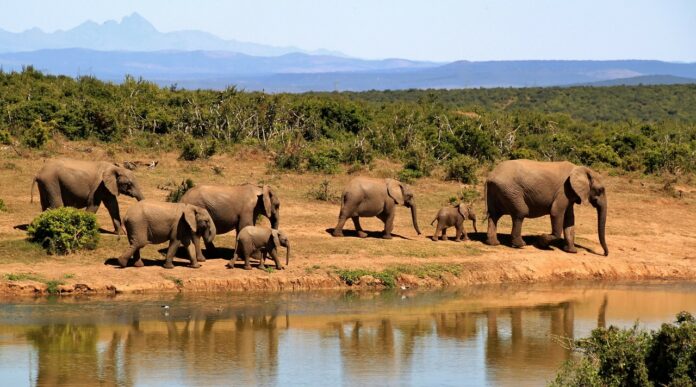Source: MakeLemonade.nz
Te Whanganui a Tara – There’s good news and bad news for the loveable African elephant.
A study reported in the journal Current Biology says while about 18 million square kilometres of Africa still has suitable habitat for elephants, the actual range of African elephants has shrunk to just 17 percent of what it could be due to human pressure and the killing of elephants for ivory.
The Mara Elephant Project in Kenya looked at every square kilometre of the continent and found that 62 percent the elephant-land area is suitable for habitat, the Science Daily says.
The findings suggest that, if released from human pressures, including the threat of being killed for their ivory, elephants still have great potential for recovery into areas where the human footprint is light.
The study found the 18 million square kilometres include many areas where there is still room for peaceful coexistence between humans and elephants as well as others where that prospect is clearly not realistic.
Like many wildlife species, it’s long been clear that African elephant populations and their geographic range were shrinking due to killing for ivory, habitat loss, and the growth of human populations.
But African savannah and forest elephants can live in many environments, from semi-deserts to tropical swamp forests.
To analyse the suitability of habitats over the entire continent at a kilometre-level scale, the project team drew on data from GPS-tracking collars fitted to 229 elephants across Africa by Save the Elephants and its partners over a 15-year period.
Using Google Earth Engine, a satellite imagery computing platform, they looked at the vegetation, tree cover, surface temperature, rainfall, water, slope, aggregate human influence, and protected areas in the areas the elephants traversed.
The GPS telemetry, continent-wide remote sensing at a fine resolution, and a suite of analytical techniques allowed them to see what factors control the movements and lives of elephants.
The researchers say certain forests recently held hundreds of thousands of elephants but today hold only about 5000 to 10,000.
Elephants are generalist mega-herbivores that can occupy fringe habitats, but the human footprint is increasing at an accelerated rate and expected to double by 2050.
This work was supported by the European Commission and a Canadian National Science and Research Council award.
New Zealand photographer Jane Wynyard is working with Save the Elephants and the Elephant Crisis Fund to help protect African elephants.
The International Union for Conservation of Nature says the African forest elephants’ status is now critically endangered.



